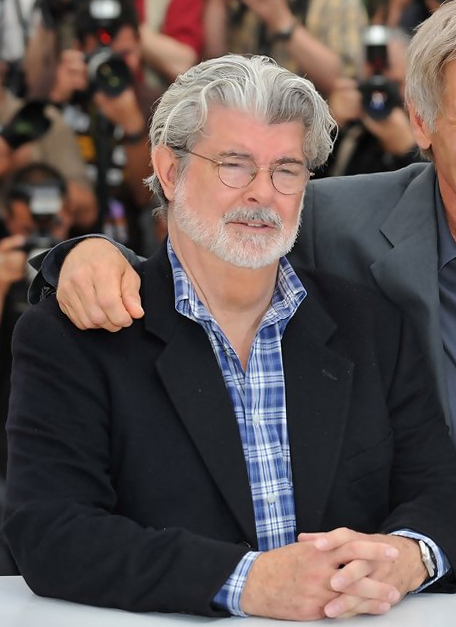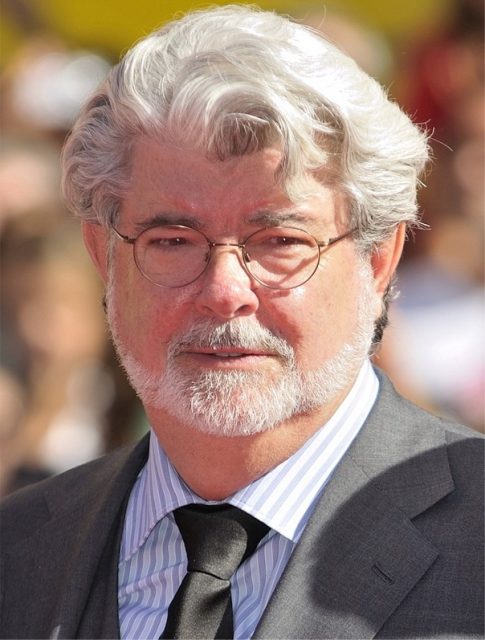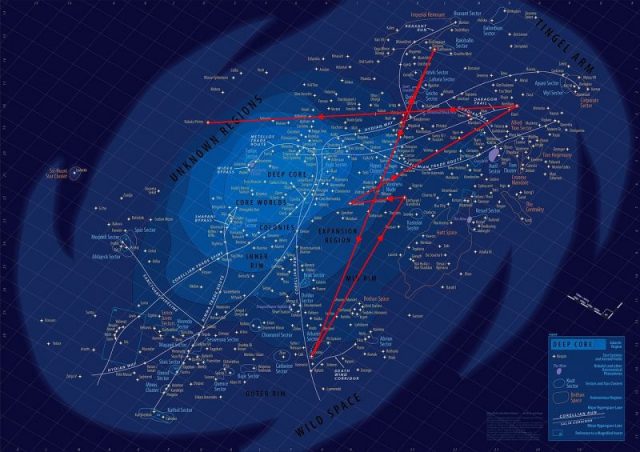Few concepts have gained such tremendous popularity as that of the Force, which is central to the narrative of the Star Wars franchise. Star Wars fans may already be quite familiar with the concept, but perhaps not all of the details of its omnipresent metaphysical power–and its biological origin.
In the fictitious universe of the Star Wars films, various users are able to sense the Force and use it. They can do this thanks to intelligent microscopic lifeforms that exist at the cellular level, the so-called midi-chlorians. If certain beings have an ample quantity of midi-chlorians in their cells, they can better discover a ubiquitous energy field.
The character of Anakin Skywalker is noted in the Star Wars films for his great ability to maneuver the Force, and likely because he has the most significant number of midi-chlorians in his cells. But is not only Anakin who possesses this life energy; as the narrative reveals, it is present in all beings.
Some explanation about the Force is provided in Star Wars, that all living things have their part in creating the energy field of the Force. It is the energy that surrounds and binds all living things in the Star Wars galaxy. Those individuals that can sense the Force can use it and direct its power, which is why for instance in the franchise narrative the Jedi order stands on the Force “light side,” whereas the Sith are obsessed by its “dark side.”

George Lucas, the creator of the franchise, took inspiration for this authentic and compelling concept from Roman Kroitor, a Canadian director. Kroitor’s views made an impact on Lucas, who stated that he believes all living beings are connected, and that man is inevitably connected to nature. He also firmly believes that an invisible current binds the world on a higher plane of spirituality and that this current is what we call God.
According to Variety, “Director George Lucas was an admirer of the work of NFB experimental filmmaker Arthur Lipsett and has credited a conversation between Roman Kroitor and artificial intelligence pioneer Warren S. McCulloch, excerpted in Lipsett’s 1963 collage film ’21-87,’ as part of his inspiration.”
Lucas used the concept of the Force to create an underlying universal plot to the original trilogy. In the first and second draft of A New Hope, the first film of the original trilogy, the Force was referred to as “the Force of Others.” Its light side was named “Ashla” and its dark side “Bogan.” These early formulations were later modified and perfected for the final version of the film, along with other details, such as the name of Luke Skywalker, who was initially supposed to be named Luke Starkiller.
The Force was developed to be a universal religious concept that would unite the essence of all religions. As some of Lucas’s statements on the question go, he wished to inspire a certain kind of spirituality among youth audiences without having to endorse any specific religion. Hence, the Force in the franchise is not used to propagate a certain kind of spirituality, but spirituality in general.

nicolas genin – FlickrCC BY-SA 2.0
The entire philosophy behind the Force might still remind viewers of some religions that indeed exist on our planet. For instance, Hinduism incorporates in its teachings the concept of Brahman energy, which is all-unifying, and it is similar to the Force, if you may allow.
What is good and what is evil is clearly distinguished in the Star Wars galaxy too, and this might remind us of some Zoroastrianism formulations on the concepts of good and evil. According to this teaching, the good god and the evil god are conflicted in a comparable manner to how the light and the dark sides of the Force are conflicted. Harmony is to be achieved through the balance of the Force.

Lucas worked on developing Kroitor’s idea. The franchise turned out to be one of the most influential works of fiction ever created and which inspired countless people. The brief and ambiguous explanation of the Force in the original trilogy was intentional, as it left the viewers to figure out their own explanation of the mystery.
The phrase “May the Force be with you” has become enormously popular in the last couple of decades, but perhaps the Force has been with us since the dawn of time.
Kroitor, the director, and writer who was an early practitioner of cinema verite and co-founder of IMAX, died in Quebec in 2012. His 1960 black and white short film Universe is considered an influence on Stanley Kubrick in his development of 2001: a Space Odyssey. Kroitor is regarded as one of the most brilliant innovators in cinema.
